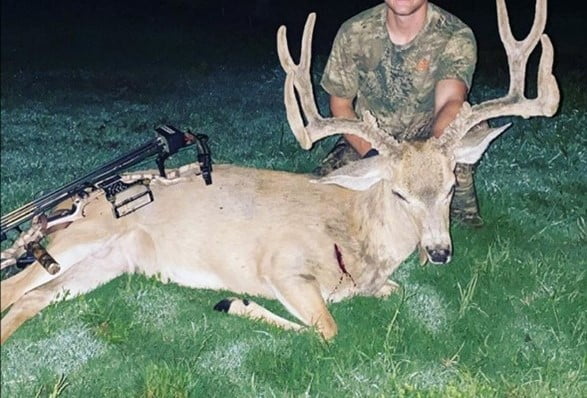 |
With the pheasant season opening Saturday and the firearms deer season on the horizon, Enforcement Division officials from the Minnesota Department of Natural Resources are reminding hunters to keep firearms safety at the top of their minds.
“Hunting is a very safe recreational activity, considering more than a half-million people hunt each fall in Minnesota,” said Jon Paurus, DNR Enforcement education program coordinator. “But our goal is for every hunter to make it home safely after every hunt. We’ve made great strides thanks to our firearms safety curriculum, but we aren’t there yet.”
During September, there were four hunting-related firearms incidents in which people were injured or killed. The number of incidents in September was the highest since 2013, when the total for the year was 17. Between 2013 and 2017, there have been an average of about 10 firearms-related hunting accidents each year.
While the number of incidents – and particularly fatal incidents – is below long-term historical averages, even one is one too many, Paurus said. As recently as 2015, there were no hunting-related fatalities in the state. During the 1960s, by comparison, as many as 29 hunters were killed.
“These incidents can change people’s lives forever,” Paurus said.

The three most common factors in hunting-related firearms incidents are careless handling, not knowing the safe zone of fire and not being sure of what’s beyond the target. Whatever they’re pursuing, and whether they’re hunting alone or in a group, hunters should follow the three tenets of safe firearms handling: Treat each firearm as if it is loaded by keeping your finger off the trigger; always control the muzzle of your firearm; and be sure of your target and what is beyond.
Of this fall’s firearms incidents, one was a fatality that occurred when one person stood up as another person pulled the trigger on passing ducks. Preliminary reports of the other incidents indicate a hunter in a tree stand was mistaken for a squirrel and suffered head and shoulder wounds; a hunter in a canoe took pellets to his hand and foot after a shotgun tipped over and discharged; and a hunter was hit in the abdomen and groin area after another person in his party swung to shoot at nearby ducks.
Enforcement officials advise anyone who plans to hunt to complete a firearms safety course. Since 2011, the DNR’s 4,000 certified instructors have provided firearms safety training to 177,453 students. Anyone born after Dec. 31, 1979, must obtain firearms safety certification before they can buy a hunting license in Minnesota. See the DNR website for more information, including a list of available courses.
